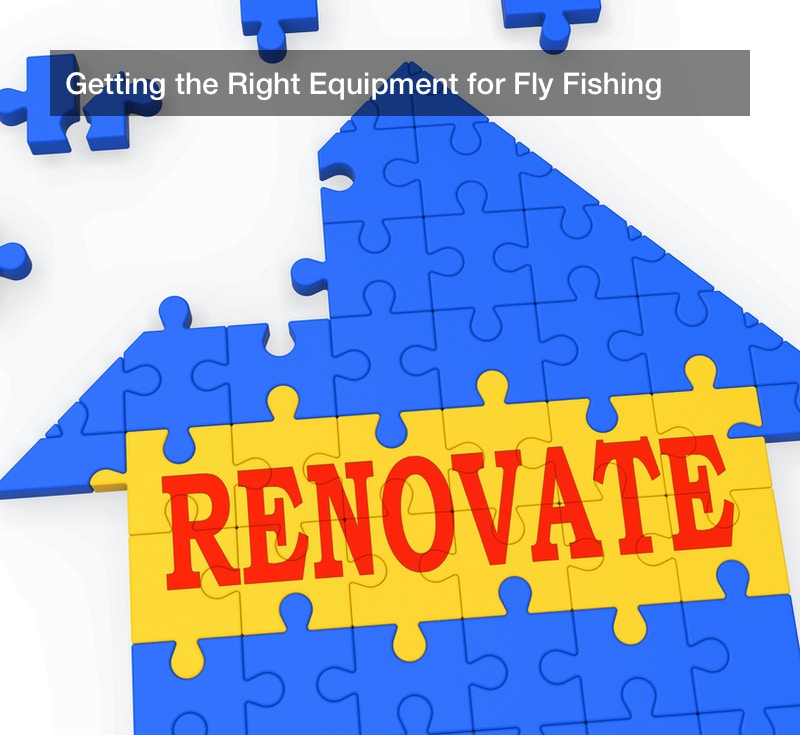
Fishing is one of the oldest method of all for catching game, and today, it is mainly commercial fishing boats that are bringing in large hauls of fish to eat. Meanwhile, many Americans love to go fishing for sport, and they can bring along their own fishing rods, reels, lures and bait, and much more for a trip. This can make for a relaxing and enjoyable outing in nature, and this includes regular fishing and fly fishing alike. Dating back many years, fly fishing is a somewhat alternative method for catching fish, and many anglers love it. Someone who is getting into fly fishing for the first time is encouraged to get all the right items first, from fly rods to Sage fly reels to fly fishing outfits and even the right boots. When it comes to fly rods and lures, a seasoned angler or a store associate can help a newcomer determine what is right for them, and learn how to use it.
The Supplies
Fly fishing may call for particular gear that’s a little different from how “regular” fishing is done, such as specialized fly rods and oversized reels. A more experienced angler can look online and find what they need with digital catalogs, and a novice may visit outdoor retail shops and ask store associates there for guidance. They can find fly rods, reels, lines, and tackle boxes that fit their preferences and their price range, and buy a full set of gear. Most often, fly fishers make good use of small, artificial bait that uses small feathers to imitate insects.
This will include clothing, too. While regular fishing may be done on a pier or a boat, a fly fisher is probably standing knee deep to waist deep in the stream or creek where they are fishing. To avoid getting soaked in that cold water, the fly fisher will wear tall rubber boots that may reach high up their thighs or even form overalls, and these waterproof boots will keep the wearer dry and warm while fishing. The angler may also wear a wide brimmed hat to keep the sun off their face and neck, and they can also wear sunglasses to protect their eyes from the sun glare on the water’s surface. Finally, a fly fisher may wear a vest with pockets, where they can store their sunglasses, a cell phone, live bait containers, spare line, or anything else. This may prove very convenient while in the middle of the water. In a store, a shopper might test-fit some of these vests first.
Going Fishing
When it comes time to go fly fishing, a novice may want to accompany a more experienced angler, and learn from them how to do this properly. How is fly fishing different from regular fishing? For one thing, the lure on a fly fishing line is too small and light to draw out the line with its weight, as opposed to regular fishing lures. Instead, the fly fisher will move their fishing rod just right to cast the line directly, and this will throw out the line and lure far enough for fishing. Doing this correctly make some practice, but it is worth the effort. The advantage is that the lure and line will land gently and discreetly on the water, and thus not make any splashes that could scare away the fish. Once a fish bites, the angler may reel it in as necessary.
A fly fisher may bring along a bucket of water for live capture, or they may simply opt for “catch and release” if they are fishing just for recreation. If an angler is keeping fish, they will follow local wildlife conservation rules, which are designed to help protect and stabilize local breeding populations of fish so that anglers in the future may fish there, too. More specifically, there may be limits on how many fish of a certain species an angler may keep, and each kept fish must be a certain length or longer. Signs and charts should be available at the pier or similar high-traffic area for reference.
